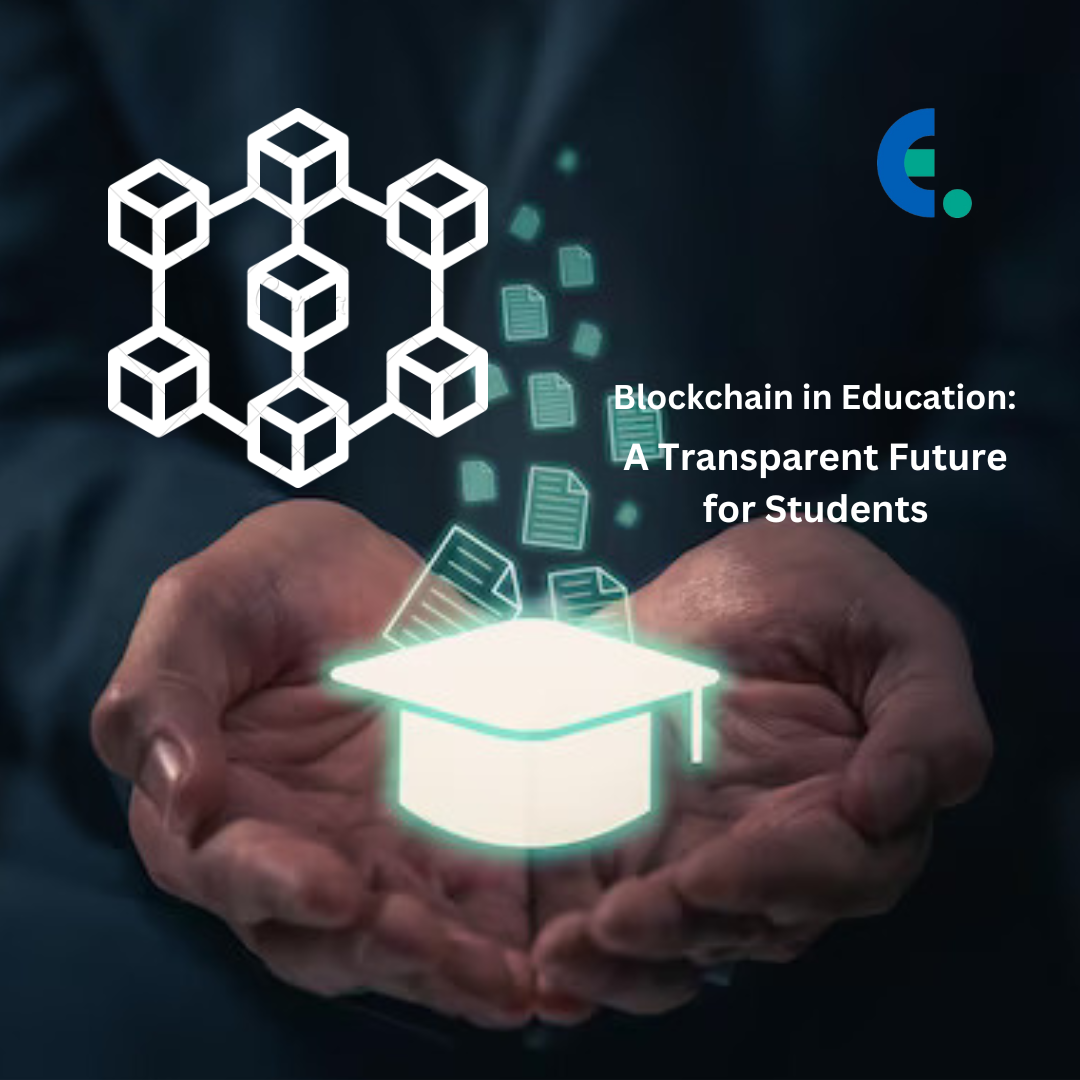Blockchain in Education: A Transparent Future for Students
Published on : July 23, 2023
Published by : Jasvinder Singh
2 minutes read

In the digital age, technology is reshaping the way we live, work, and learn. One such groundbreaking innovation is blockchain, a distributed ledger technology that has the potential to revolutionize education as we know it. Blockchain offers a secure, transparent, and tamper-proof way to store and track educational records, providing a host of benefits for students, teachers, and educational institutions alike. In this article, we will explore how blockchain is transforming the educational landscape and creating a transparent future for all stakeholders.
What is blockchain?
Blockchain is a distributed ledger technology that allows data to be stored and shared across a network of computers in a secure, transparent, and tamper-resistant manner. It operates as a chain of blocks, where each block contains a list of transactions, and once added, it becomes immutable, meaning it cannot be altered or deleted. This technology's decentralized nature and cryptographic protocols ensure that the data on the blockchain is trustworthy and cannot be controlled by a single entity, making it ideal for applications like cryptocurrencies, digital contracts, and secure record-keeping in various industries including blockchain for education institutes like schools, universities, colleges and institutions.What is blockchain education & how it's helping for transparent future for students?
Here the students and the education institutes will get to know "what is the role of blockchain technology in education?". Blockchain technology has the potential to bring significant benefits to the education sector and students. Here are some ways blockchain can be applied in education:Secure Credentials and Certifications
Blockchain can provide a tamper-resistant and decentralized way to store academic credentials, certificates, and diplomas. This ensures that students' records are trustworthy and can be easily verified by employers and academic institutions, preventing fraud and misrepresentation.Micro Credentials and Badges
Blockchain can support the issuance and verification of micro credentials and badges for specific skills or achievements. This allows students to showcase their competencies in a granular and verifiable manner, enabling a more personalized and flexible approach to education and career advancement.Decentralized Learning Platforms
Blockchain can underpin decentralized learning platforms that facilitate peer-to-peer interactions, content sharing, and direct transactions between learners and educators. This can create more equitable and accessible learning environments, particularly for learners in regions with limited infrastructure or access to traditional educational institutions.Transparent Academic Records
Educational institutions can use blockchain to maintain transparent and immutable records of academic achievements, course grades, and attendance, ensuring fairness and accountability in the assessment process.Blockchain Education Platform
Blockchain-based payment systems can streamline financial transactions within the blockchain education network, reducing transaction costs and providing more secure and efficient payment methods for tuition fees, scholarships, and other financial matters.Copyright Protection for Educational Content
Educators and content creators can use blockchain to establish ownership and copyright protection for their educational materials, ensuring proper attribution and protecting against unauthorized use or plagiarism.Data Privacy and Security
Blockchain's decentralized nature can enhance data privacy and security, as it reduces the reliance on centralized databases that may be vulnerable to hacking or data breaches.Smart Contracts for Education Processes
Smart contracts, self-executing contracts with predefined conditions, can automate various administrative processes in education, such as enrollment, grading, and resource allocation, streamlining operations and reducing administrative overhead.Collaborative Research and Development
Blockchain can facilitate collaborative research and development efforts among educational institutions and researchers, creating a transparent and traceable record of contributions and intellectual property rights.